Anthurium, more commonly known as the flamingo flower, is a popular choice among houseplant owners. They’re not only pleasing to look at but are reasonably easy to care for.
Its beautifully showy, heart-shaped flowers make it one of a kind and make it a treat even for inexperienced gardeners.
Anthuriums are epiphytic plants from the rain forest of Central and South America as well as the Caribbean according to the Unversity of the West Indies.
Generally, Anthurium care is quite manageable; however, dividing anthuriums from time to time is necessary for them to bloom.
Table of Contents
Can Anthuriums Be Divided?
Anthuriums can be divided. Take the plant out of the pot and divide the Anthurium plant’s roots. This way you get multiple plantlets that can be replanted. This will encourage growth and blooming.
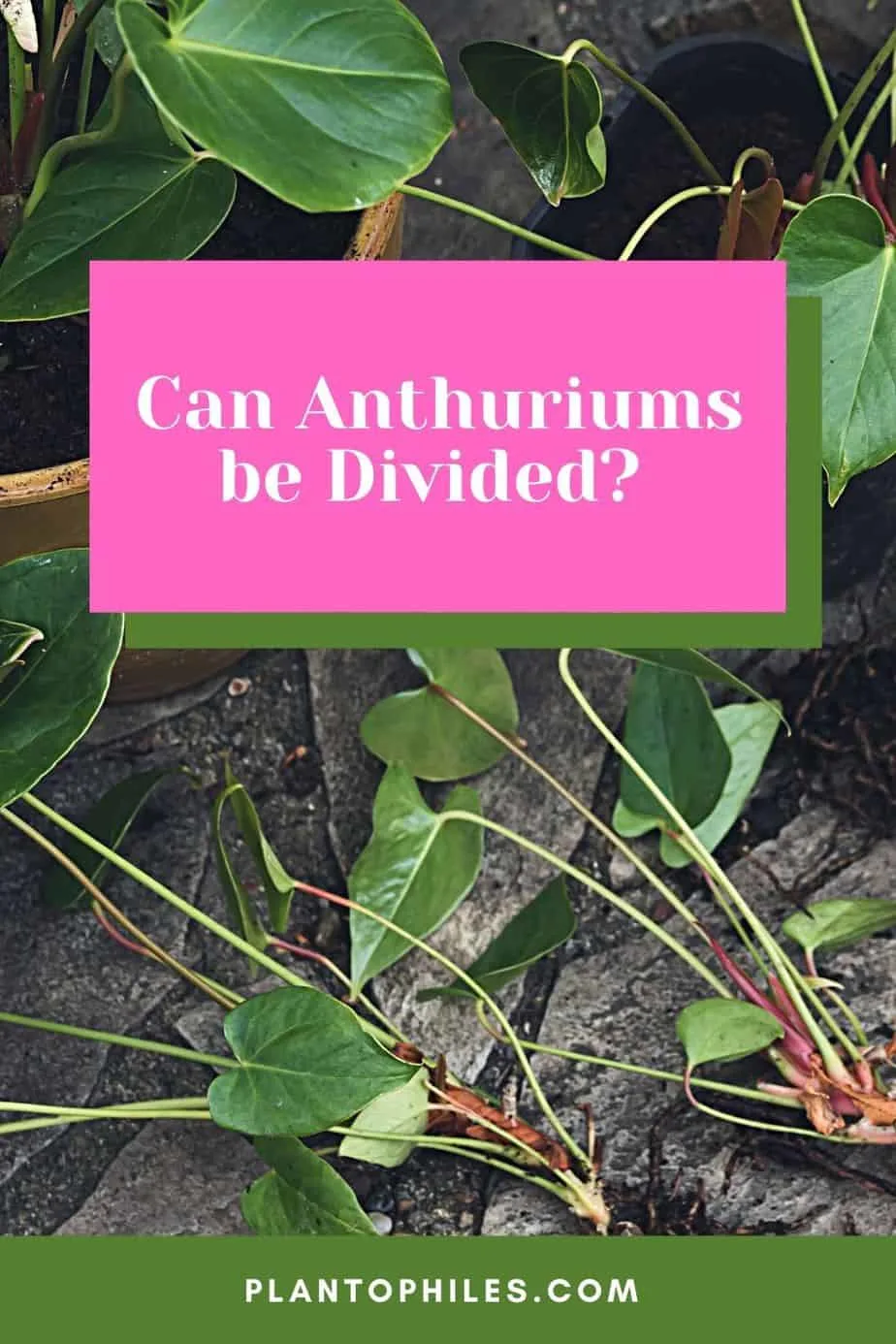
What Anthuriums Are
Anthurium is a flowering plant genus of over 1000 species. It is one of the largest genera of the monocotyledonous Arum family of Araceae.
Aka the laceleaf, tail flower, or flamingo flower, the Anthurium flower plant often grow as epiphytes on other plants or indoors in pots.
Naturally, some varieties are terrestrial, while others are non-terrestrial. The types are different in shape, color, and size.
The beautiful Anthurium plants bear vibrant reddish-orange flowers that draw the attention of many.
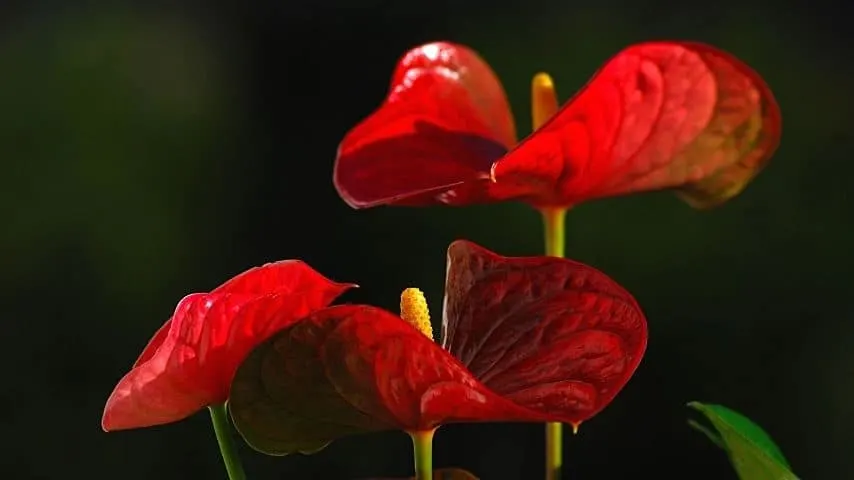
When to Divide Anthuriums
Anthurium is a purely tropical flower; therefore, it grows fairly well either under bright, dappled sun or when nurtured indoors in cooler regions.
This beautiful species thrives in moist and warm conditions.
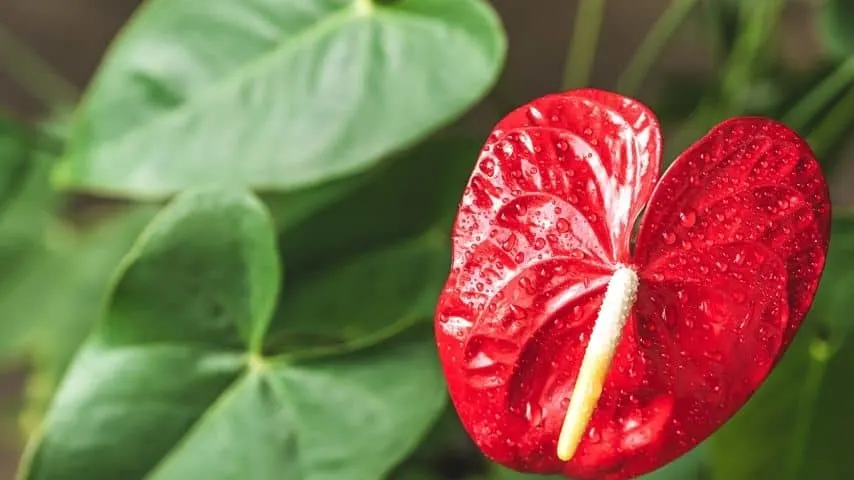
Even when placed in an unfavorable environment, it grows reasonably well due to its sturdy and tough nature.
If you have trouble remembering when to water plants, the Anthurium flower plant is for you as it is not too water-sensitive.
However, it does need some maintenance, which includes splitting the plant so that it remains healthy.
You can repot or divide your Anthurium plant when it outgrows its container, or you see its roots poking out of the container’s drainage holes.
Another reason is when you notice the roots circling the Anthurium plant at the soil’s surface.
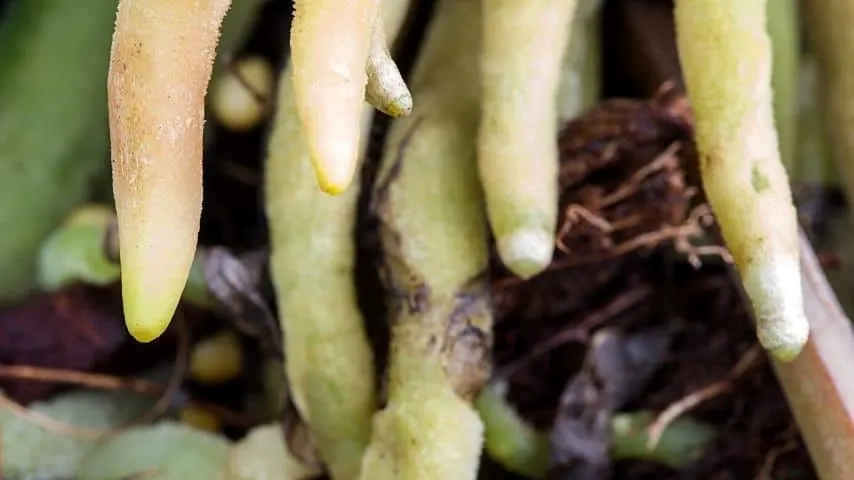
The best time to split your Anthurium plant is the growing season, which is summer and spring. During this period, the plant is more likely to flourish and grow relatively quickly.
How to Divide an Anthurium Plant
The Anthurium plant’s division process is not too problematic. You might even wonder why you did not do it earlier once you’re down on the task.
The splitting will encourage new growth, improve the health of existing foliage, and promote more flowering.
Follow the steps below to divide an Anthurium flower:
- Take the Anthurium plant out of its pot and separate its roots.
- I suggest you look for roots that are easily separable.
- Take the plant and put it into a new pot that’s slightly bigger than where your Anthurium grew.
- The number of possible divisions is primarily dependent on the Anthurium plant’s size. A large plant can be divided into two to ten parts.
- Use a disinfected sharp knife or pruners and snip the stems and roots for easy offset removal.
- Fill the new flowerpot approximately one-third to one-half full with an appropriate potting mix and nestle each offset into its container.
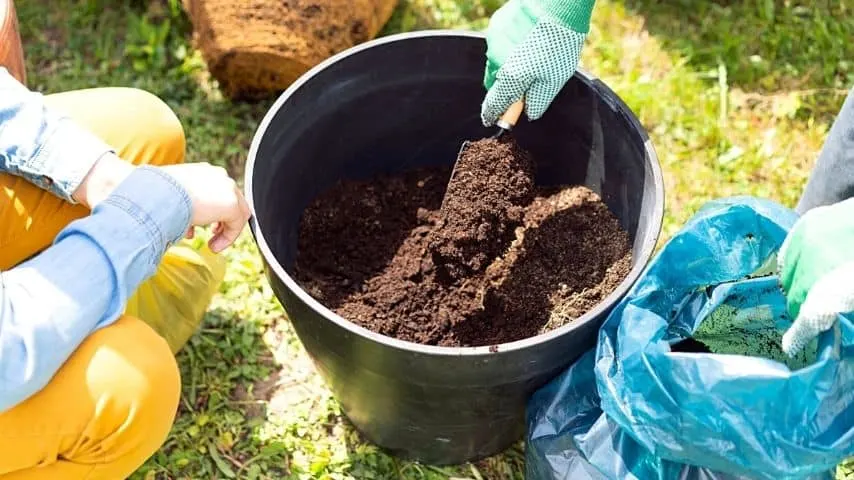
- Set up the roots until the offset seems to be at the same level as when attached to the original parent plant.
- Water your Anthurium baby plant thoroughly. However, do not fertilize immediately; wait till it begins growing actively.
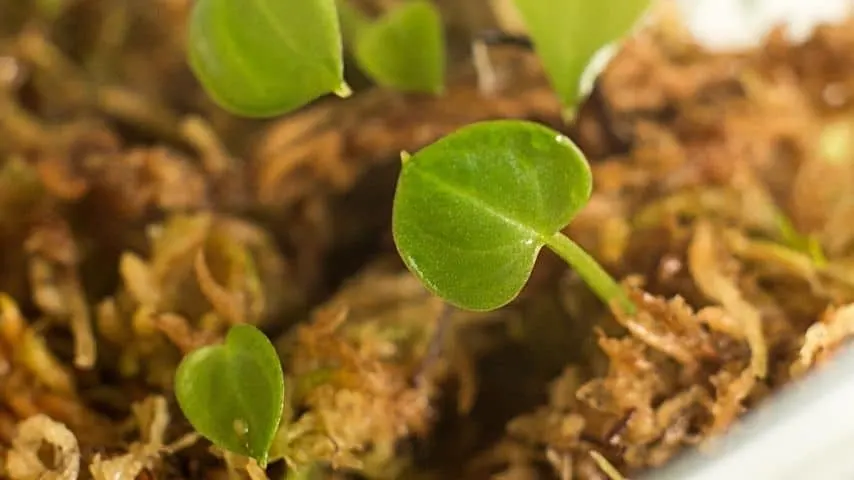
You can either keep these beauties for yourself or gift one or more plantlets to a loved one.
A great idea is to prepare a bouquet of five or more Anthurium flowers and pass them on as a present to a friend.
Reasons to Divide the Anthurium Plant
The reasons for dividing an Anthurium plant are pretty similar to separating its fellow species. Some of the causes include:
Healthy and Happy
A maintained and well-organized Anthurium plant will look better than an overgrown, poorly cared for plant.
The occasional cutting and pruning prevent the plant from utilizing its nutrients and energy on overly mature and partly yellow vines and foliage.
Dividing the Anthurium plant also promotes the formation of new growth that actively synthesizes carbohydrates for the plant.
More Blooms
The Anthurium flowering plant is mostly famous for its showy and lovely blooms. Dividing makes it easier for the plant to produce more vibrant flowers.
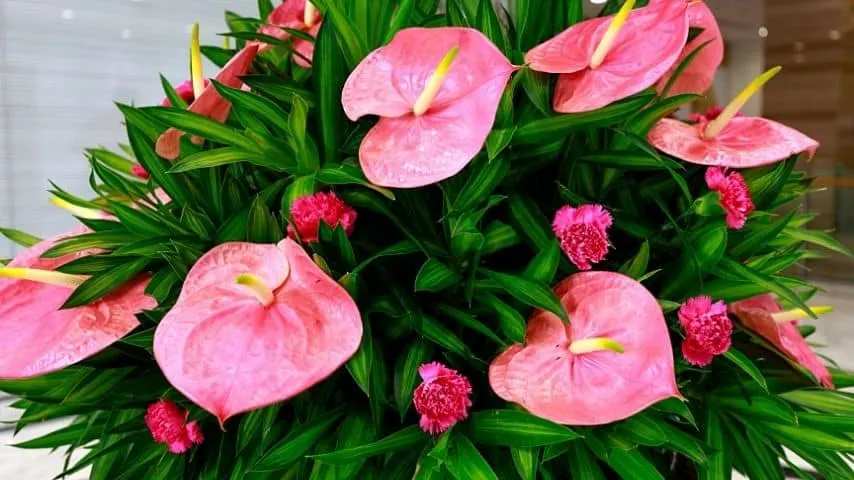
Dividing your Anthuriums helps in improving their overall appearance.
Insufficient Space
Anthurium plant has a moderate growth rate when placed in ideal conditions. Therefore, eventually, it may outgrow its container and begin forming unruly and uneven vines.
In such a case, dividing the plant is one of the best things you can do for size control and general improvement of its health.
A well-kept Anthurium plant in a classy, decorative, and size-appropriate pot is sure to make an attractive sight.
Wilting Foliage
If you notice that your Anthurium plant’s foliage is wilting or losing its lush green color, you might want to consider dividing it.
The plant may develop a yellow or brown color on various leaves, or when watered, the water will go straight through the pot without being absorbed by the roots.
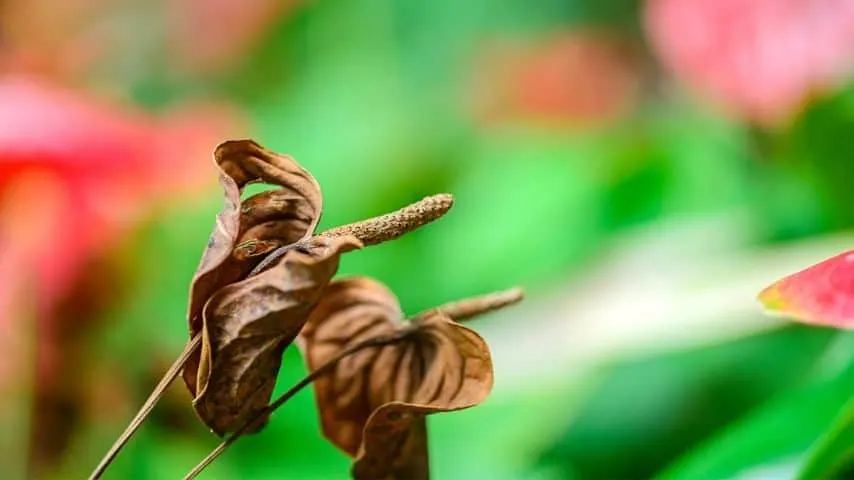
Frequently Asked Questions about Dividing Anthuriums
How do you separate anthuriums?
Anthurium flowers need to be separated with a disinfected knife or pruning scissors. Ideally, split the roots where there are offshoots so that the dividing process is relatively easier.
How do I trim an overgrown Anthurium?
Begin pruning an overgrown Anthurium from the top down, and carefully remove any discolored and dead leaves. Additionally, cut off wilting or dead blossoms and eliminate wayward leaves to improve the plant’s overall health and look.
Should you repot anthuriums?
Anthurium plants need to be repotted either after two to three years or when they outgrow their current pot. Usually, once they grow about 20 inches tall in a five-inch diameter pot, they need to be shifted to a new container.
Conclusion About Can Anthuriums Be Divided?
Anthuriums can be divided by separating the clump of Anthurium plants and separating the roots using a stick. This will encourage growth and blooming.

Daniel has been a plant enthusiast for over 20 years. He owns hundreds of houseplants and prepares for the chili growing seasons yearly with great anticipation. His favorite plants are plant species in the Araceae family, such as Monstera, Philodendron, and Anthurium. He also loves gardening and is growing hot peppers, tomatoes, and many more vegetables.


